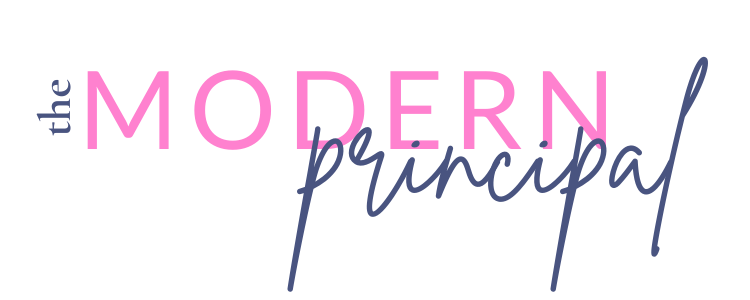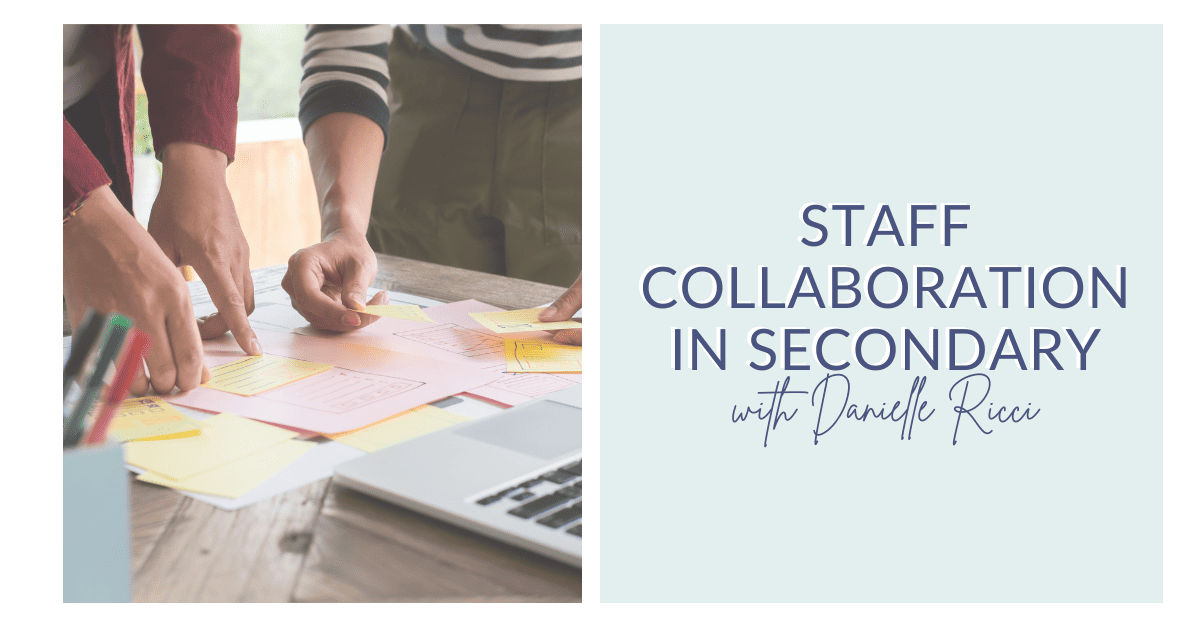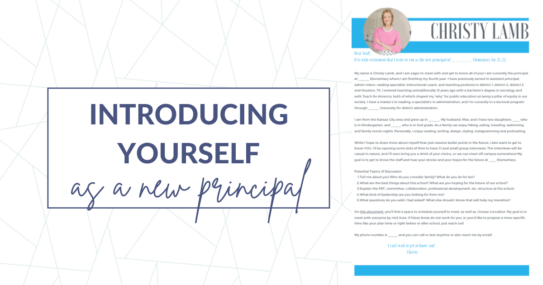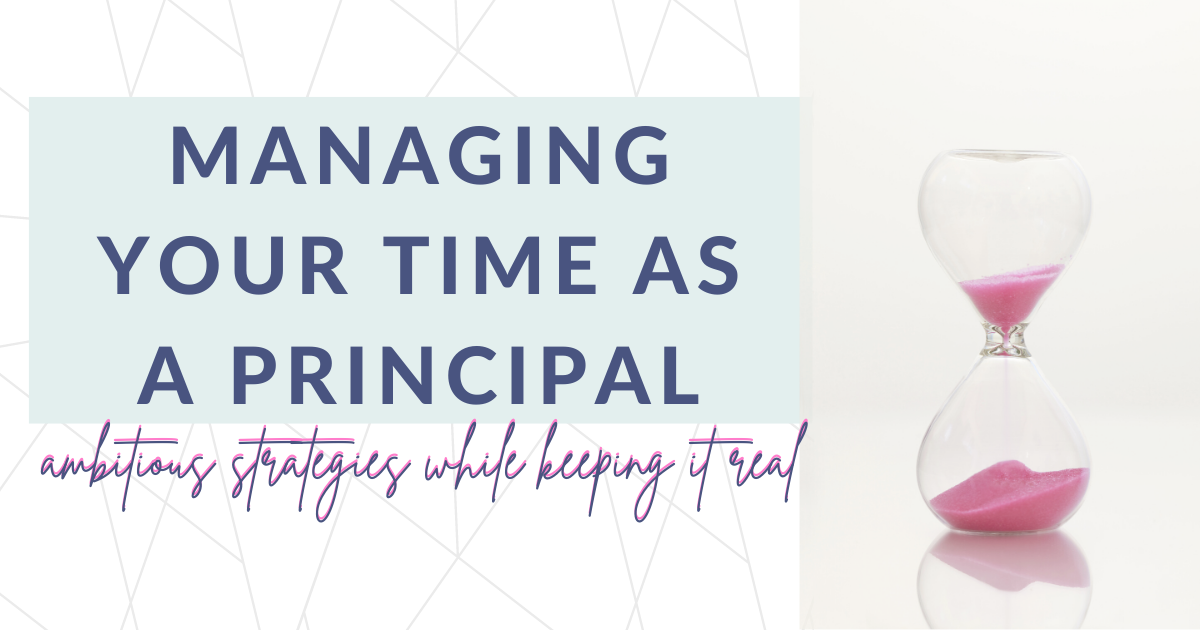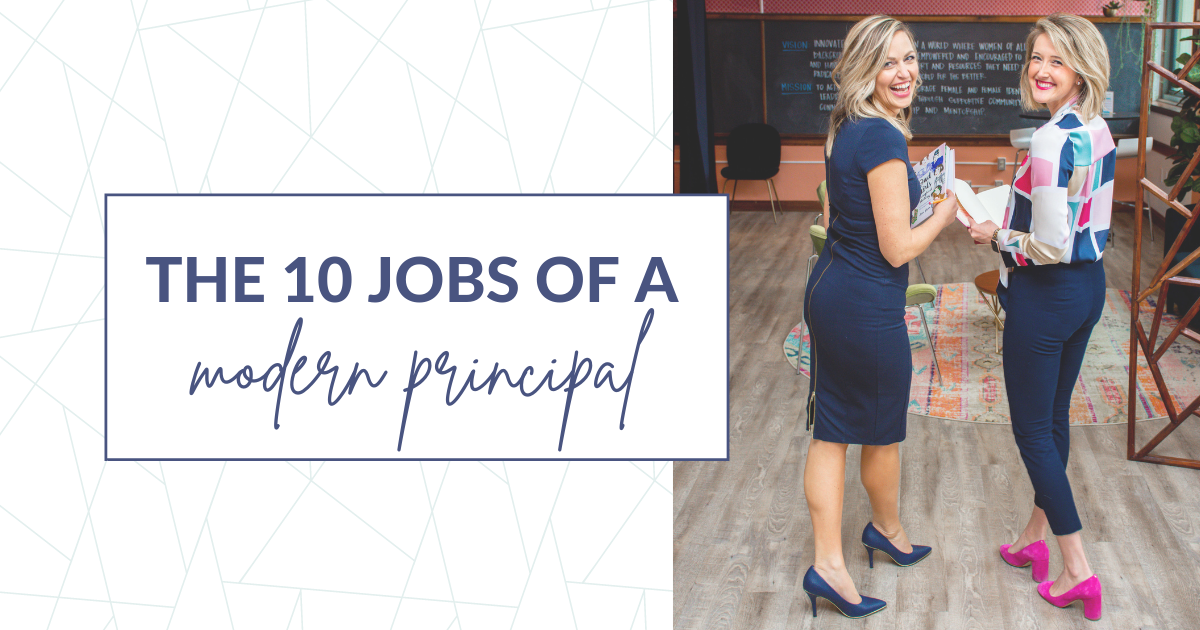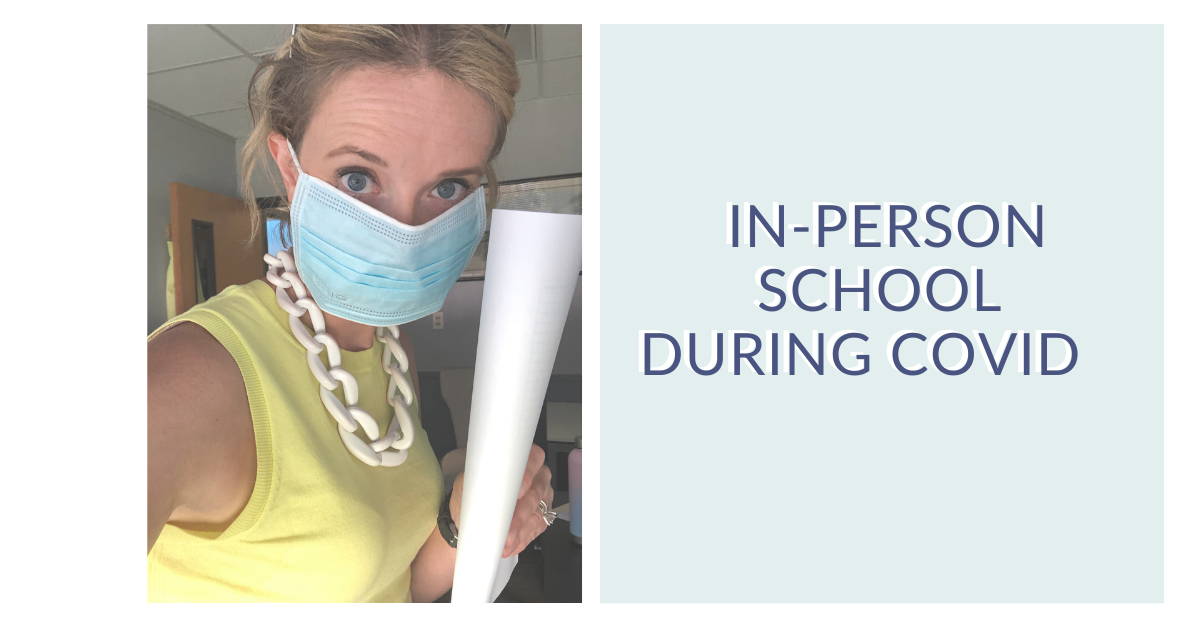Leadership, Collaboration and Mentorship in Secondary Education
In our latest podcast episode, we spoke with Danielle Ricci, a high school principal in Merrimack, Massachusetts. Her journey from teaching to assuming the principal role was fascinating and inspiring. So often, the question arises about moving up into a leadership position in the same school you currently teach. While there are definite hurdles and drawbacks, this is the scenario Danielle experienced, and made it a success with her intentionality.
From Teacher to Principal: An Unconventional Path
Danielle’s journey began as a teacher at Amesbury High School, where she currently serves as principal. After five years of teaching English, she embarked on her first administrative role as an admin intern. She credits this move to the mentorship and guidance of her principal, who coincidentally was also her former teacher in high school.
This mentor supported Danielle throughout her administrative journey, ultimately leading her into the role of assistant principal at the age of 30. Following her mentor’s ascent to the superintendent role, Danielle stepped into the principal position in October 2020, during the challenging post-COVID period. Both of these women know firsthand the importance of empowering others to unlock their potential.
Building a Culture of Collaboration

Collaboration is the foundation of the work we do in schools. Yet, so many leaders forget the structures, processes, and intentionality of teamwork required to yield high levels of collaboration. One of Danielle’s initial processes she implemented when moving into the principal seat was to reintroduce department leads in each content team. These positions were stipend roles prior to Covid, but with budget restraints, the district removed the stipends and eliminated the positions.
Danielle advocated for financial support to bring back these important positions, knowing the importance and effectiveness of having leaders guiding teams in the PLC process. She empowered her team to execute the school’s vision by bringing back department leads.
This move not only lightened her burden as a principal but also fostered a sense of trust and collaboration among the staff. Teachers found themselves more invested in the school’s success when they heard the vision from someone they trusted within their own department. Danielle was showing the teams the end result with the school’s vision, but the departments could create their own roadmap with the support of their department lead. This created an incredible sense of purpose and ownership in achieving the school’s goals.
Making Schedule Changes to Foster Collaboration Among Departments
As a secondary school principal, Danielle struggles to balance student social-emotional support, attendance, credit recovery, and academic performance. Collaboration in all of these areas simply wasn’t happening. As a leader, it’s important to pause and define the root cause of the problem. Danielle realized it was more of a system issue than a mindset issue; the schedule was simply not conducive to the work needed in PLCs.
To address this, she introduced a new schedule that allowed departments to have dedicated time off together each day. By adjusting the system, a hurdle was removed for true collaboration to occur. Discussions about student progress and challenges, be it academic or emotional, now had an avenue to occur, with expectation and accountability embedded into the structure. Additionally, a weekly meeting with the guidance team provided a forum to address the needs of at-risk students and those requiring special attention.
Collaborating with External Partners
Balancing the needs of students while maintaining academic priorities requires innovative approaches and partnerships beyond the school’s boundaries. Danielle also began her work expanding the school’s external partners, such as social service agencies, to better support students and to ensure a comprehensive approach to student well-being.
By formalizing these relationships and holding regular meetings with external partners, the school community could better address the evolving needs of students, particularly in the wake of the COVID-19 pandemic.
The Power of Female Leadership and Empowerment
Danielle’s story exemplifies the power of female leadership, perseverance, mentorships, and empowerment. Initially hesitant about becoming a principal, circumstances demanded that she step up, and with the support of her mentor, she embraced the challenge. The experience taught her the importance of never saying never and embracing opportunities that come her way.
Her experience serves as a valuable lesson for educators and aspiring leaders alike, illustrating the importance of supporting and uplifting each other on the path to unlocking our full potential. By fostering a culture of collaboration, embracing opportunities, and seeking guidance from mentors, we can all create positive change in the world of education and beyond.
From the Desk of the Modern Principal

We want to encourage each of you to examine the systems and mindsets that could inadvertently create barriers to collaboration in your building. We know the more our staff own the vision of the school, the more powerful the impact on students can be. What barriers are blocking your school’s potential to change?
Just as Danielle’s journey changed from the mentorship of another, who in your world needs the encouragement to see themselves through your eyes…to unlock their potential?
“There are two ways of spreading light: Be the candle or the mirror that reflects it.” Edith Wharton
Keep an eye on Danielle’s journey as she continues to inspire and transform the lives of students and educators alike. Listen to this pod today!
